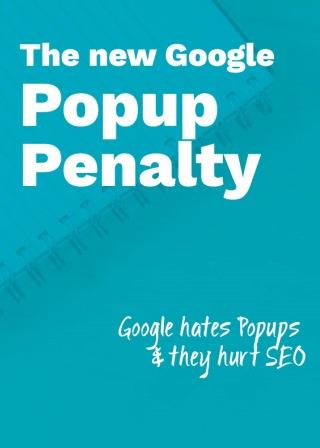What the heck is analytics data, anyway?
Okay, your website is live and you have set up your appropriate social platforms for exposure and engagement. What now?
Depending on your business model and your service offerings, your website and other online platforms will serve different purposes.
If you are primarily offering custom services and engaging clients on a one-on-one basis, your online presence may be more about exposure and demonstrating authority in your market place. However, if you are offering products, especially through an online shopping cart, it is imperative that your online tools are all working together to get prospects into your sales funnel, converting visitors to satisfied customers.
Regardless of the purpose of your online presence, it is still important to understand the analytics data gathered from your website and social engagements.
Google analytics is most likely the most recognized analytics gathering tool, however many tools exist. In fact, most social media platforms have their own analytics tools within their platforms.
Okay, so you have accessed your analytics data but aren’t quite sure exactly what it means. Some of the data is self-explanatory, but some might require you to delve in a little bit deeper.
To understand how to get the best results from your online presence, be sure that you can answer the following five questions:
1. What is a bounce rate, and why do certain pages have high bounce and exit rates?
A bounce rate is basically when a visitor comes to your site and exits directly from the entry page. It is also considered a bounce if a visitor remains inactive for 30 minutes or more on their entry page. But be sure that you understand what this data means. It is far more important to understand the bounce rate for first time visitors than recurring traffic. As long as someone is returning to your site, the bounce rate is not as significant. Find out what pages are recording the highest bounce rate and review them to see if they can be restructured in such a way to reduce the bounce.
2. Why are users leaving your site at specific points?
There are many reasons why you may be experiencing high bounce rates from specific pages. One reason is that perhaps your pages aren’t optimized properly. When you create a post, a “title tag” is developed which is used by search engines to figure out what your content is about. If your title isn’t even remotely connected to your topic, visitors might leave your site immediately. Make sure that you’re not playing games, creating a title tag that is highly searched in the hopes that you will attract visitors to your site. All you will do is create an animosity with the site visitor, and alienate them from ever visiting your site again.
Also, ensure that the content that you are providing for your visitors gives them something. Helping people understand an issue or providing helpful tips will create loyal visitors, increasing the potential to convert them to clients down the road.
And make sure that your content is presented in a way that is attractive and easy to read. Don’t mix too many fonts, as that tires the reader’s eyes, and be sure to include appropriate imagery.
And always include a call to action. Invite your visitors to take further steps within your site, either by signing up for a newsletter, a reading another article, or giving them a link to related materials. And engaged visitor doesn’t bounce.
3. Why are your conversions lower on mobile than on desktop?
Or perhaps you’re experiencing the reverse; less conversions on desktop than on mobile.
Is your site properly optimized for mobile? Some time ago, Google’s search results started penalizing those websites that were not mobile optimized. Mobile continues to gain traction over desktop, and if your site takes too long to load or is not optimized for mobile viewers, you are guaranteed to lose visitors.
Most analytics tools will give you a breakdown of where your traffic is coming from. If you find that you are experiencing a higher bounce rate from mobile versus desktop, or vice versa, review your site to make sure that it is optimized, has good load speeds and simple navigation.
4. What is your demographic behavior?
Another great piece of data to review in your analytics is that of your demographics.
Analytics tools will give you a breakdown of the demographics that are visiting your site. You can learn where your traffic is coming from, i.e., from which geographic location. You can also discover ages, genders, and even income levels in some cases.
It is important to understand the demographics of your website visitors so that you can learn if you are targeting your market appropriately. If you are providing a product or service that is mostly geared towards businessmen between the ages of 35 and 54, but you learn that most visitors to your site are men aged 26 to 38, you will need to review how you are presenting your materials in order to capture more of your target market.
5. Does any particular webpage have a high average “time on page”?
The amount of time a visitor spends on your page can be bit of a confusing analytic. While at first glance, it may appear obvious that the longer someone spends on your site or your page, the more interested they are and what you have to say or offer. However, it can be a bit more complicated than that.
First of all, it’s important to understand how this metric is measured. The time that a visitor spends on your site is calculated as the difference between the recorded time of their last page request on the site and their first. Time on site doesn’t account for the time spent reading the last page in the session, therefore it can’t be said to be an accurate reflection of how your visitors are actually using your site.
Back to the understanding of the bounce; if someone is inactive on your site for a period of time, usually 30 minutes or more, it will be recorded as a bounce.
So review the pages the people are exiting from and their entry points to track pages of interest and to gauge what content and what cause of action are most effective.
Until next time…
Are you ready to grow your business now? If you’re ready to take the next step and make your business more profitable, contact us today.
If you like the information you are receiving, please consider forwarding this post.









